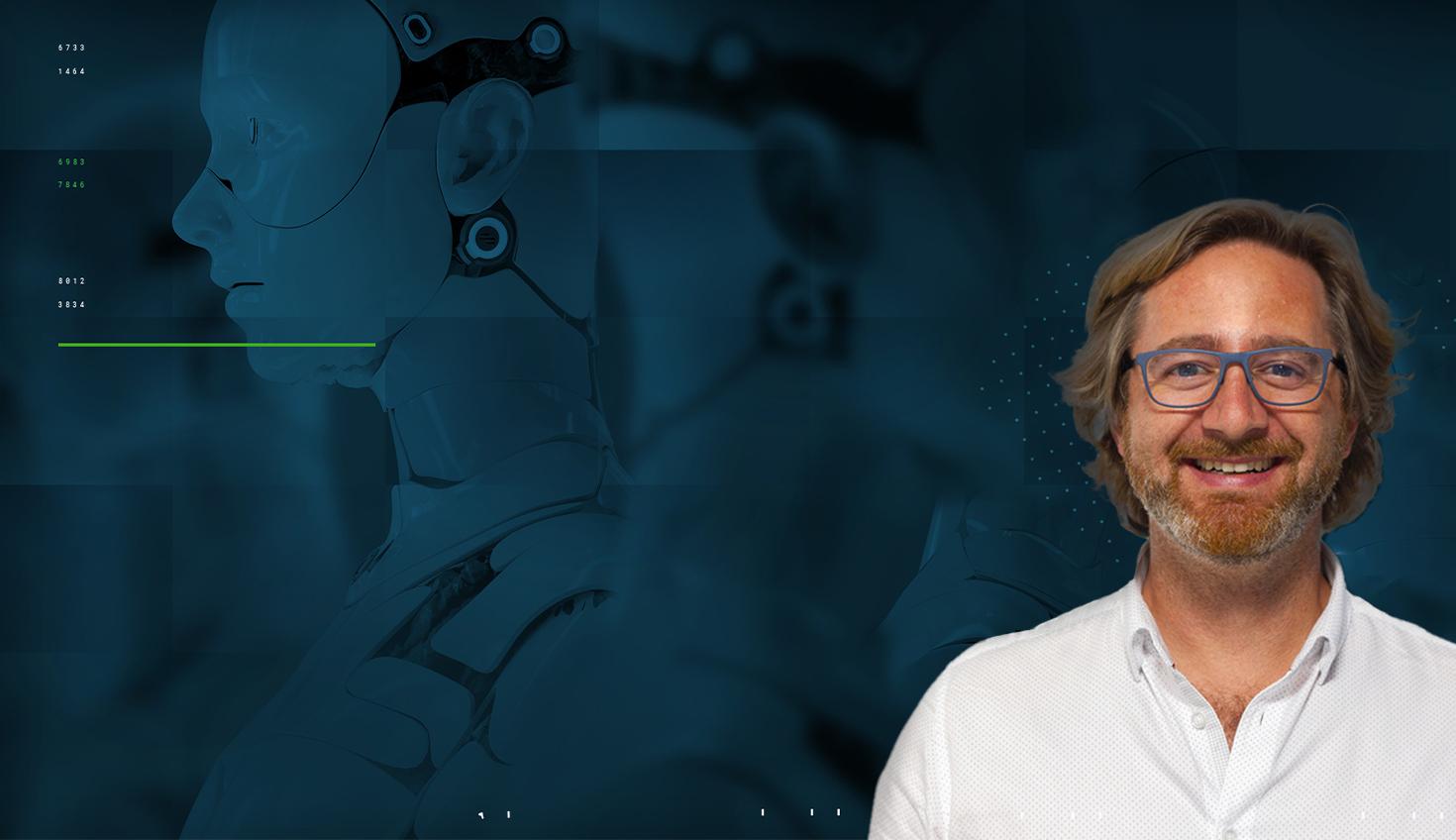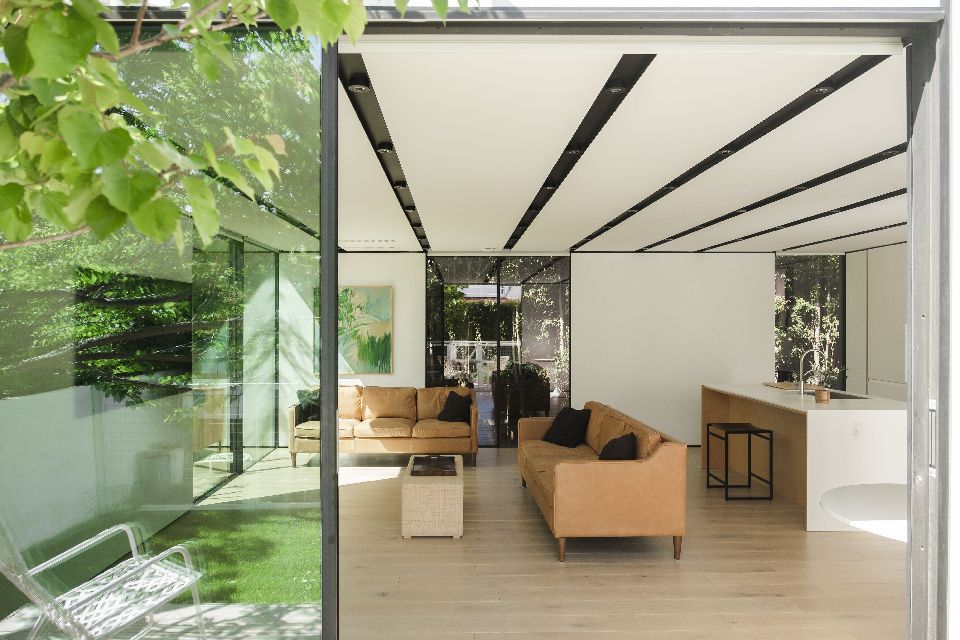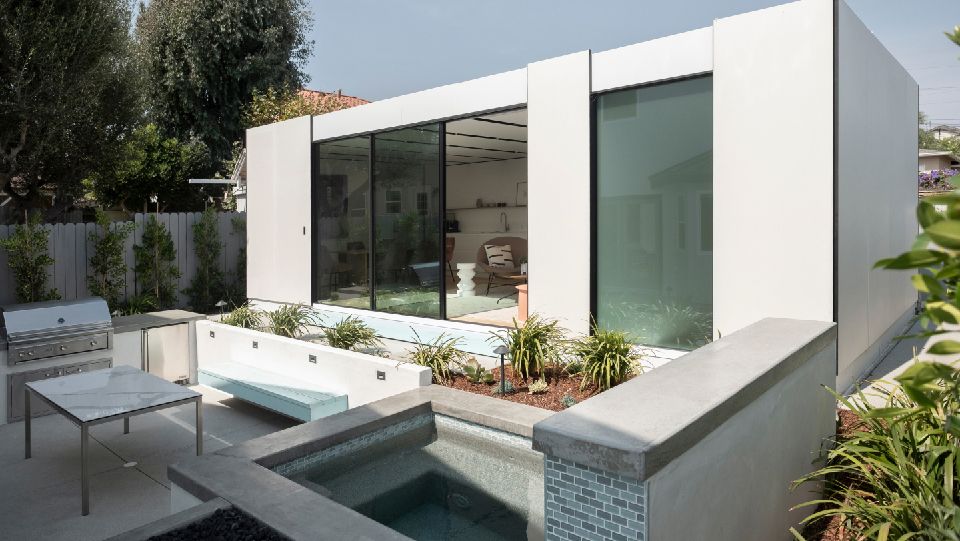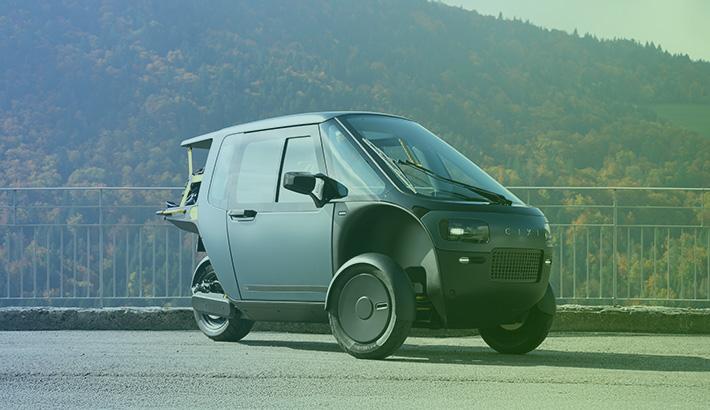
3:51
During his 13-year career in the motorsport world, Craig Derian has interned as a vehicle performance engineer for Ford Forschungszentrum Aachen in Germany, a vehicle dynamics and simulation engineer for NASCAR, and a Formula 1 consultant, to name a few roles.
Now, the VP of Engineering at Cover and former engineer manager at Tesla, Derian has made it his mission to design well-built homes with a buying experience that is simple and effortless by applying vehicle development processes, including sustainability in design, to the building process.
Cover achieves this by placing sustainable manufacturing at the forefront with prefabricated materials and creating a streamlined homebuilding process to deliver modern homes with less waste, and less worry.
Derian joined Onshape co-founder Jon Hirschtick for an episode of the Masters of Engineering podcast to explain his company’s mission to radically change the way prefabricated custom homes are built – making them more affordable and sustainable, while significantly eliminating traditional construction waste.
Building Backyard Homes with Sustainable Design
Cover’s mission is “to make thoughtfully designed and well-built homes for everybody,” says Derian. They do this by turning the home from an assembly of parts into a fully engineered product by combining software and parts design in the process. This allows Cover to create custom “backyard homes” at an increasing volume and at a reduced cost.
The company began with backyard homes because they're smaller and allows them to iterate the product much faster, Derian explains. The typical backyard home ranges from 500-700 square feet. The home is shipped and delivered in panels and assembled on-site.
Derian compares the assembly process to that of a car on an automotive production line where no decision-making is needed. “All of the tools are there, all of the processes are there, everybody's fully trained. Maybe not necessarily classical tooling, but fully engineered parts that are assembled just like a car in assembly,” he says.
According to the Cover website, this process can reduce homebuilding energy usage by 75%, resulting in 4.5 gigatons of CO2 saved annually.
The interior of a Cover house. (Courtesy: buildcover.com)

Conventional Homes vs. Cover Homes
One of the main benefits Cover offers is a custom home built for your property without the hassle of dealing with contractors or regulatory permits making it an effortless process on the customer’s end.
“Just like a car is built and you have to meet your specifications so that you know that every car coming off the line meets the crash requirements that you've tested to, we're doing the same thing with our home where each one that we build isn't a prototype,” he says. “Each one is built to the quality standards that we've had approved by the states.”
The backyard of a Cover home. (Courtesy: buildcover.com)

A Solution to the Housing Crisis
Cover's effort to transform the way homes get built is part of a broader trend in the construction industry, which is experimenting with new technologies that address present-day challenges, like scarce materials, ever-increasing home prices, and a slow homebuilding process.
Icon, a construction technologies company that develops 3D-printed homes, is taking on the challenge. CEO and co-founder Jason Ballard is especially passionate about finding a solution to the housing crisis.
Ballard believes this could be the solution to the housing crisis. 3D printed construction, which creates buildings layer by layer with cement-based material, can complete a simple building in as little as 24 hours.
“There are far too many homeless people. Working-class people can’t afford basic housing in regular old American cities. Construction’s too wasteful. Houses aren’t energy-efficient enough. At the suburb scale, it’s dystopian, almost, what we’re getting, right? We’re supposed to be the most advanced version of humanity that’s ever existed, and we can’t even meet this basic need properly,” Ballard tells The New Yorker.
Derian agrees with that mission.
He explains, “Not having enough homes is a many-faceted problem. We look at the problem as being able to be served by having a product that is able to be built much faster. Imagine if you could build living space for a small family in a week or two, right, if you had space, as opposed to having all of the other requirements that go along with lining up a bunch of subcontractors to do the work. We still need good labor and skilled people. But as you have a product that is easier to install, it just goes faster.”
Listen to Jon Hirschtick’s full interview with Derian, as well as previous episodes, on Spotify, Apple Podcasts, YouTube, Amazon Music, or any of your favorite podcast services.
Try Onshape Today
Head to our sign-up page to choose the right CAD plan for you and your team.
Latest Content

- Case Study
- Automotive & Transportation
Zero Crashes, Limitless Collaboration, One Connected Workflow With Cloud-Native Onshape
12.04.2025 learn more
- Blog
- Evaluating Onshape
Cloud-Native CAD 2025 Wins: Revenue Growth, Real-Time Collaboration, Unified CAD-CAM
12.17.2025 learn more
- Blog
- Becoming an Expert
- Assemblies
- Simulation
Mastering Kinematics: A Deeper Dive into Onshape Assemblies, Mates, and Simulation
12.11.2025 learn more
- Blog
- Evaluating Onshape
- Learning Center
AI in CAD: How Onshape Makes Intelligence Part of Your Daily Workflow
12.10.2025 learn more



